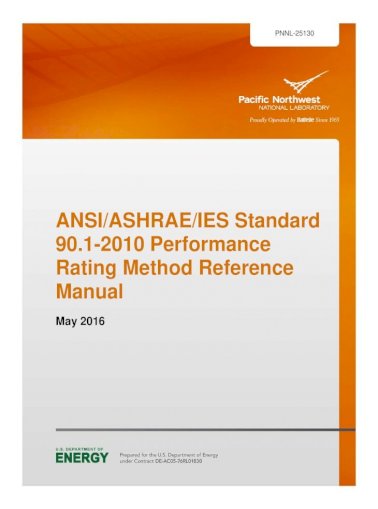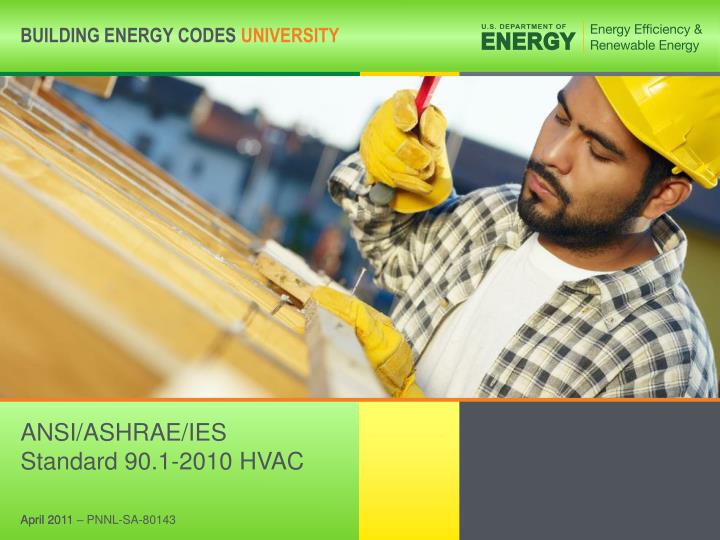
The adjustment is allowed when RCR for a given room can be shown to be greater than the threshold RCR that is tied to the LPD allowance as shown in a table provided in the standard. In review, RCR is calculated as (2.5 x room cavity height x room perimeter length)/room area, with room cavity height being the distance in feet between the light fixtures and the workplane. “This is in recognition of the fact that the current LPDs simply don’t have much play in them, are based on typically expected room geometries, and that not all room geometries for a specific space type are the same.”

“The 2010 Standard will now provide a room geometry-based adjustment to interior space type LPDs based on the room cavity ratio (RCR) of the empty room,” says Richman. If using the Space by Space Method for designing lighting systems in interior spaces, a new adjustment credit is available for rooms with odd geometries, increasing flexibility even further. Power adjustment credit for odd room geometries. In the 2010 version, the majority of whole building and space LPDs are reduced by varying amounts, based on modeling that incorporated the latest off-the-shelf energy-efficient technologies and current IES light level recommendations. In ASHRAE/IES 90.1, designers have a choice of using the Building Area Method (whole building power allowance) or Space by Space Method (individual spaces, with potential additional and tradable allowances).
#Ashrae 90.1 2010 pdf code#
The 90.1 standard is considered friendlier to designers than current versions of the IECC code because it provides LPDs for individual space types in addition to whole building types, which provides more flexibility (but is more cumbersome to enforce, which is why IECC, written by code officials, does not include a space by space method). It is the designer’s job to design a lighting system that satisfies the owner’s requirements within the given LPD limit. These lighting power densities (LPDs) apply to interior and exterior applications. Part two, to be published next month, will focus on the standard’s extensive list of new mandatory and optional lighting control requirements.ĪSHRAE/IES 90.1 imposes limits on the amount of lighting power installed in the building, expressed in watts per square foot (or W/linear ft.), to promote efficient technology and design. Part one, presented here, focuses on changes to the prescriptive lighting power requirements as well as changes to scope and administrative requirements.
#Ashrae 90.1 2010 pdf series#
In this two-part series of special reports by the Lighting Controls Association, we will examine the new energy standard in detail. It is hoped that when these occur, the building owner and local building officials can follow the intent of the standard and craft an energy-effective yet practical solution.” “As with all energy codes, there will be conflicts for some applications and building or space types. To obtain a copy of the standard, visit the ASHRAE bookstore at or the IES bookstore at “This version of the 90.1 energy standard is definitely aggressive but the developers have taken great care to develop a set of requirement that are fair, practical and effective,” says Eric Richman, LC, senior research engineer for the Pacific Northwest National Laboratory and chair of the ASHRAE 90.1 Lighting Subcommittee. Expect early adoption in states and other jurisdictions that are most progressive towards energy conservation, such as the Northeast and Pacific Northwest.


In all, the new ASHRAE/IES 90.1 standard is far more comprehensive, stringent and complicated than its predecessors. According to the Department of Energy, commercial buildings designed to ASHRAE/IES 90.1-2010 are expected to achieve 32.6% site energy savings and 30.1% energy cost savings compared to buildings compliant with ASHRAE/IES 90.1-2004, excluding plug loads. The 2010 version takes both of these trends to a new level with the goal of achieving dramatic energy savings and taking a significant step towards the ultimate goal of net-zero buildings.
#Ashrae 90.1 2010 pdf install#
Over the past decade, the standard has steadily become more restrictive in terms of allowed lighting power and requirements to install lighting controls. The 2010 version, published November 2010, represents the most dramatic revision of the standard since 1999. Today, most states have adopted either 90.1 or the International Energy Conservation Code (IECC), published by the International Code Council (ICC), as their energy code, have a code based on one of them, or publish a state-specific code with similar requirements. ASHRAE/IES 90.1, Energy Standard for Buildings Except Low-Rise Residential Buildings is published every three years to provide states and other jurisdictions with a model commercial building energy code.


 0 kommentar(er)
0 kommentar(er)
